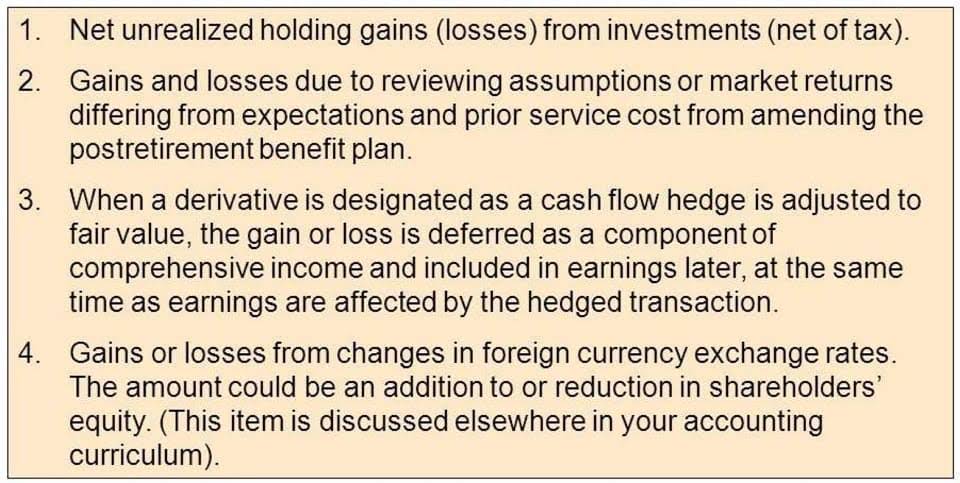
Concerns have been expressed about potential economic impacts of the statement such as effects on energy supply development and on competition within the industry. Depreciation and amortization, on the other hand, apply to tangible and intangible assets, respectively. Depreciation involves the systematic allocation of the cost of physical assets, such as drilling rigs and production facilities, over their useful lives.
- Production costs, also known as lifting costs, are the expenses related to extracting oil and gas from the ground and bringing it to the surface.
- Oil and gas companies and their management teams are frequent targets of cyberattacks, with opportunities for cybercriminals to infiltrate your system and cause costly breaches increasing.
- When faced with uncertainty, accountants should choose methods that are less likely to overstate assets and income.
- These incentives can significantly impact a company’s financial statements and investment decisions.
- Scientific studies are often misaligned with national and corporate accounting needs.
- Oil and gas companies need to adhere to specific regulatory and tax reporting requirements, and their financial reporting has to comply with industry standards and guidelines.
Transactions
Companies must estimate the amount of variable consideration they expect to receive and include it in the transaction price. This estimation process involves significant judgment and can impact the timing and amount of revenue recognized. Advanced software tools like SAP S/4HANA and Oracle’s Oil and Gas Accounting solutions are often employed to manage these complexities, providing real-time data and analytics to support accurate revenue recognition.
Seven key aspects of oil and gas accounting include:
The FASB and IASB are nearing the end of their journey toward enhancing lease accounting. One of the primary objectives of leases project is to address the current-off-balance-sheet financing concerns related to a lessee’s operating leases. This section of oil and gas accounting the article guides readers through the key provisions of the new standard. Harrison is very involved with the University of Tulsa, where he earned a degree in MIS and Accounting. 97% of C&N customers say they would recommend us to their family and friends.
Taxation in Oil and Gas Sector
The complexity of these tax regimes requires companies to maintain meticulous records and employ sophisticated tax planning strategies to ensure compliance and optimize their tax liabilities. In the oil and gas industry, understanding the various types of costs is essential for accurate financial management and reporting. These costs are generally categorized into exploration, development, and production costs, each with its own accounting treatment and implications. These principles, among others, provide the foundation for financial reporting under U.S. GAAP is dynamic, and the FASB continually updates and issues new standards to address emerging issues and improve the quality of financial reporting. All oil and gas companies are expected to stay current with the latest accounting standards to ensure compliance with U.S.
Types of Costs in Oil and Gas Operations

Generally Accepted Accounting Principles (GAAP) as set forth by the Financial Accounting Standards Board (FASB) when managing the book of any company regardless of the size and whether a company is public or private. Additionally, it is essential to act with the utmost integrity, respect, and due diligence. Given the high stakes involved, accurate accounting is crucial for compliance, investor confidence, and strategic decision-making. The financial activities of a business entity are separate from those of its owners. This principle emphasizes the need to keep personal and business transactions separate. The SEC has taken numerous actions to address registrant, investor, and market COVID-19 concerns, which are accumulated and discussed at the SEC COVID-19 Response site.
- Explore essential oil and gas accounting practices, from cost types to revenue recognition and financial reporting standards.
- This distinction is crucial for accurate financial reporting and compliance with accounting standards.
- It ensures transparent financial reporting, compliance with regulations, and strategic decision-making.
- Probable and possible reserves, on the other hand, carry higher levels of uncertainty but offer potential upside.
- This method is typically used when the investor has significant influence but not control over the joint venture.
- Tap into expertise, services and technical support that can help you achieve results faster and get the most of your software investment.
Artificial intelligence (AI) and machine learning could be used, for example, to update and tailor emissions factors to changing conditions and local contexts. As a result, forecasting of the impacts of policies and climate change itself would improve. A significant aspect of revenue recognition in this sector is the point at which control of the product is transferred to the customer.

Luckily, the industry is doing a great job of utilizing technology to eliminate tedious, non-value-added tasks. These improvements should ultimately lead to being more efficient with fewer resources, but it’s still a work in progress.
Understanding your supply chain emissions

This can vary depending on whether the sale is made at the wellhead, at a processing facility, or at the point of delivery. For instance, in a wellhead sale, revenue is typically recognized when the oil or gas is extracted and sold directly at the site. Conversely, if the sale occurs at a processing facility, revenue is recognized once the product has been processed and delivered to the buyer. On May 28, 2014, the FASB and IASB issued their final standard on revenue from contracts with customers. The standard outlines a single comprehensive model for entities to use in accounting for revenue.

Depletion, depreciation, and amortization (DD&A) are critical components of financial accounting in the oil and gas industry, reflecting the gradual consumption of capital assets over time. Depletion pertains specifically to the reduction in the value of natural resources as they are extracted, while depreciation and amortization apply to tangible and intangible assets, respectively. Accurate DD&A calculations are essential for providing a realistic view of a company’s financial health and asset value. One of the key aspects of joint venture accounting is the use of joint interest billing (JIB) statements.

